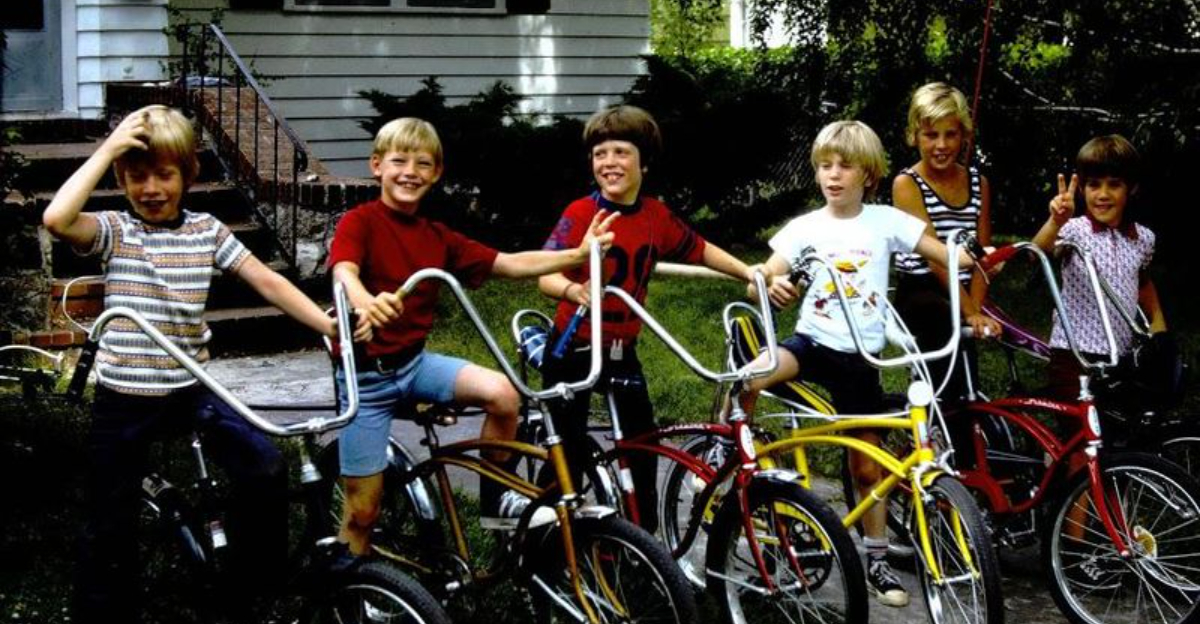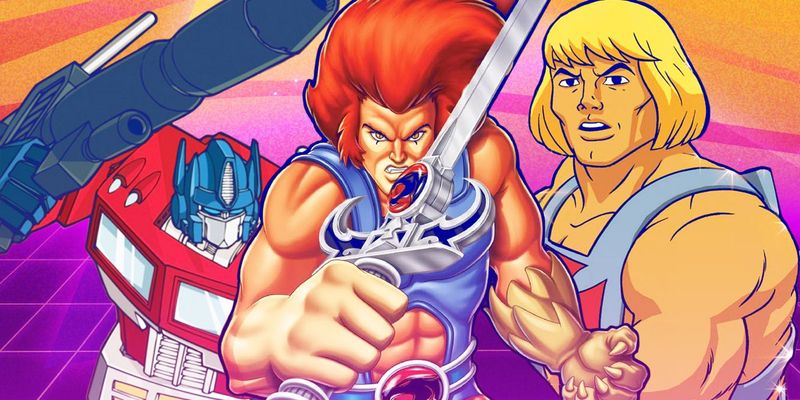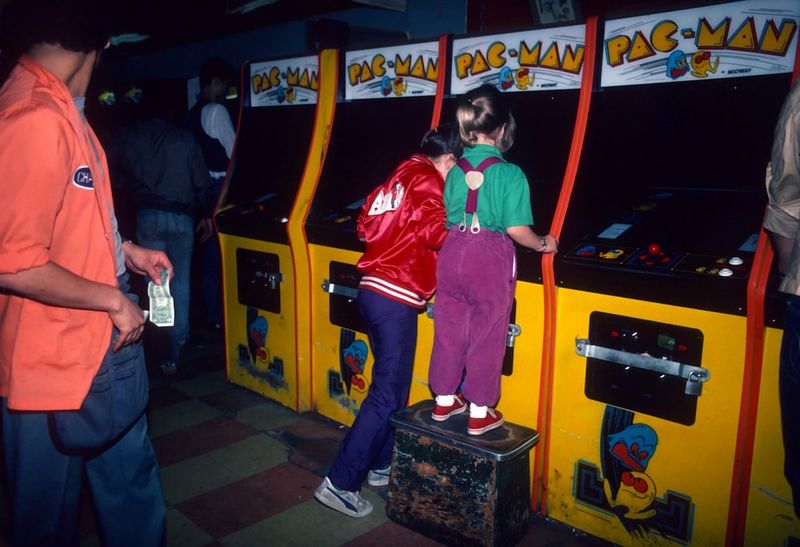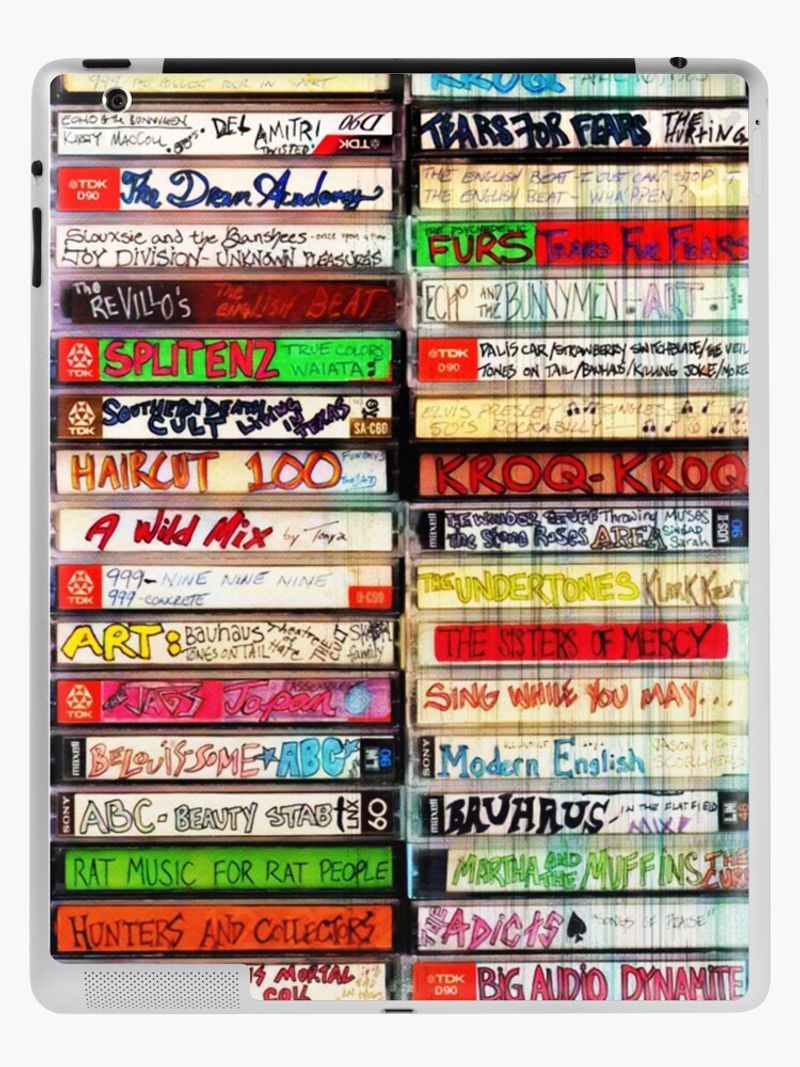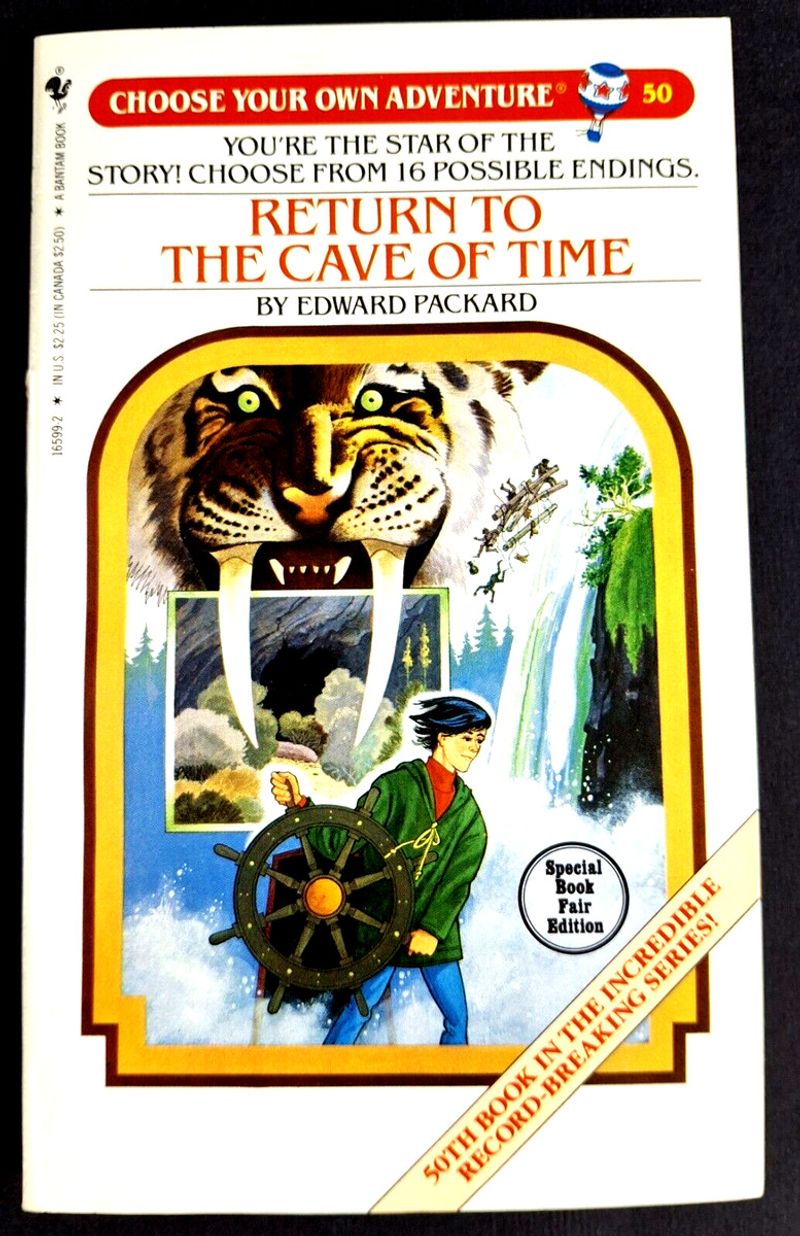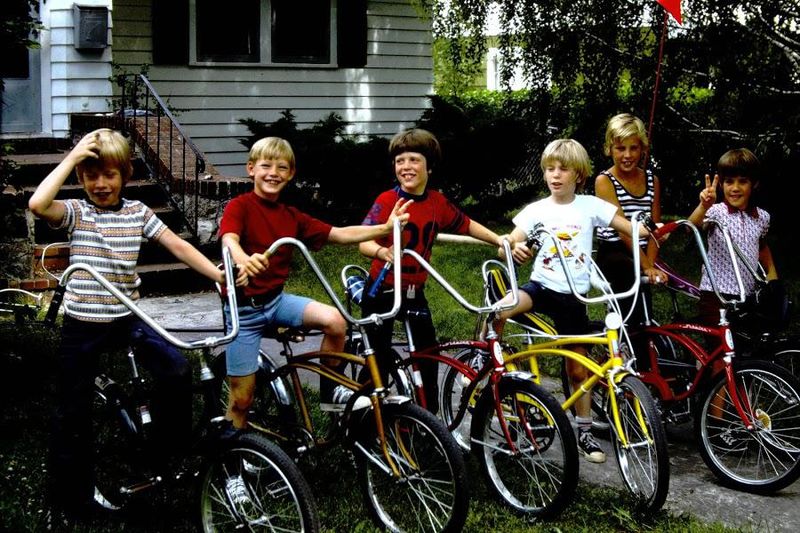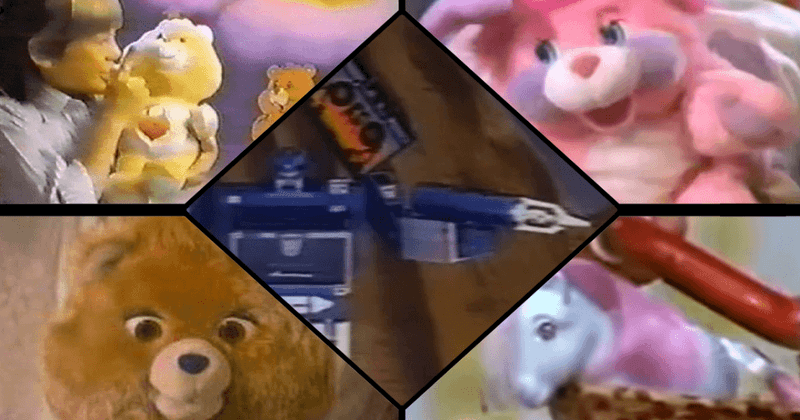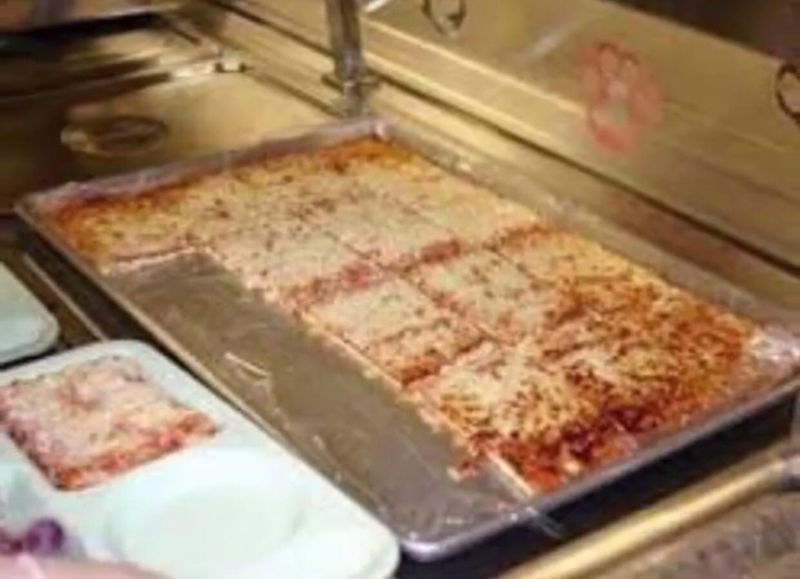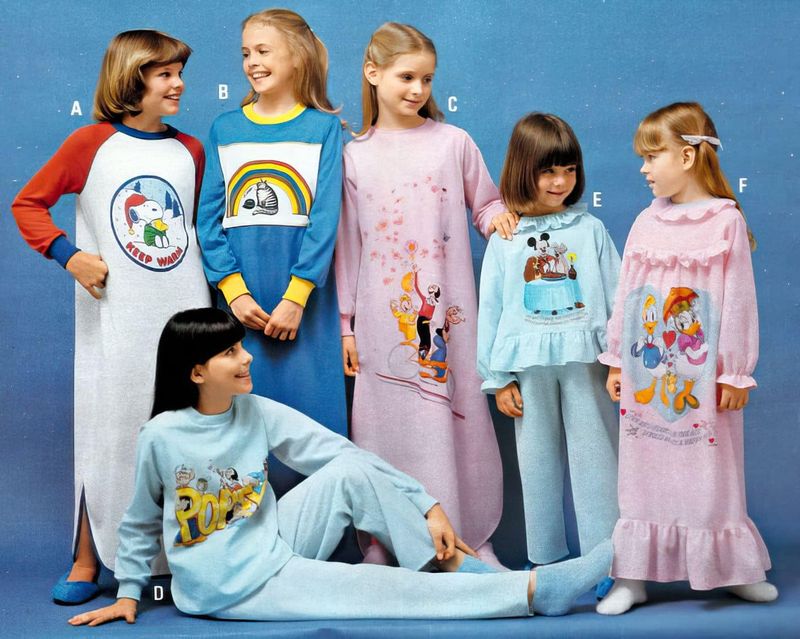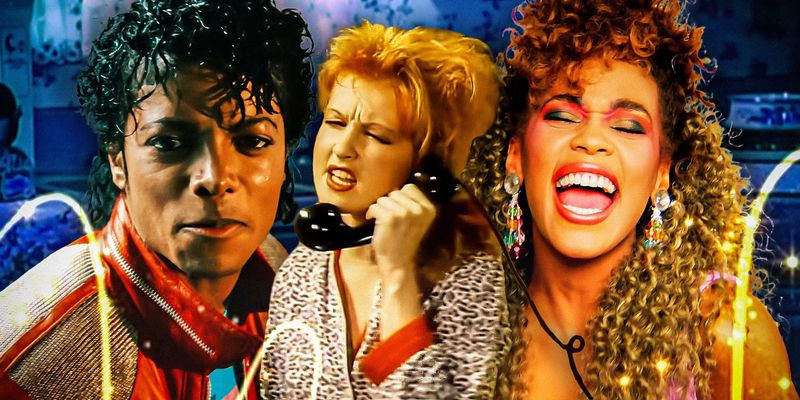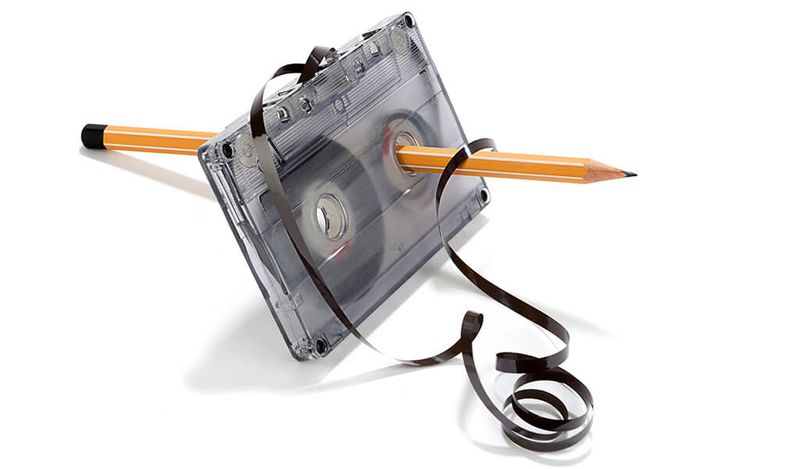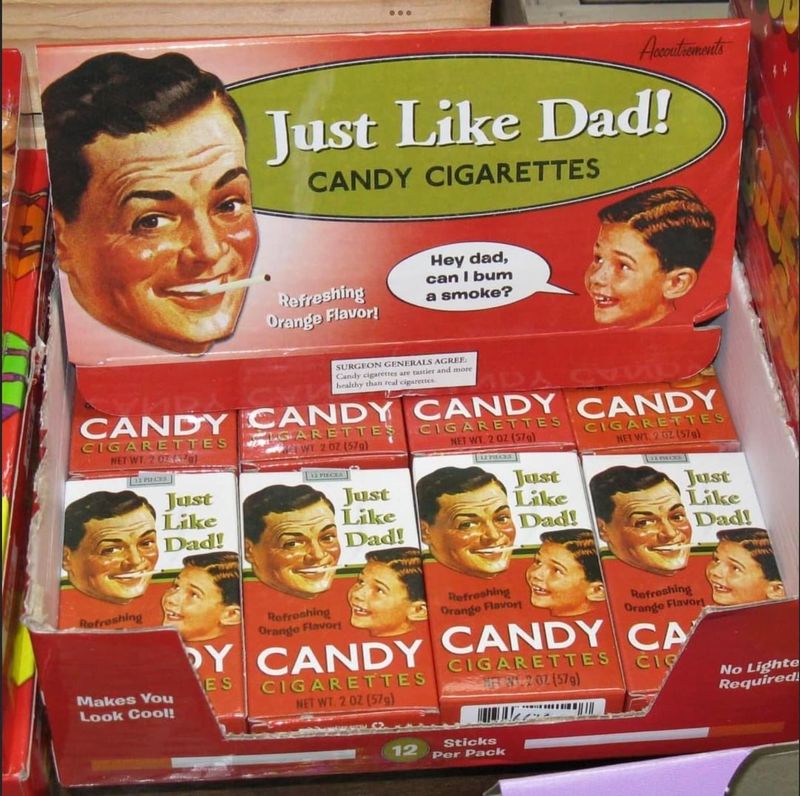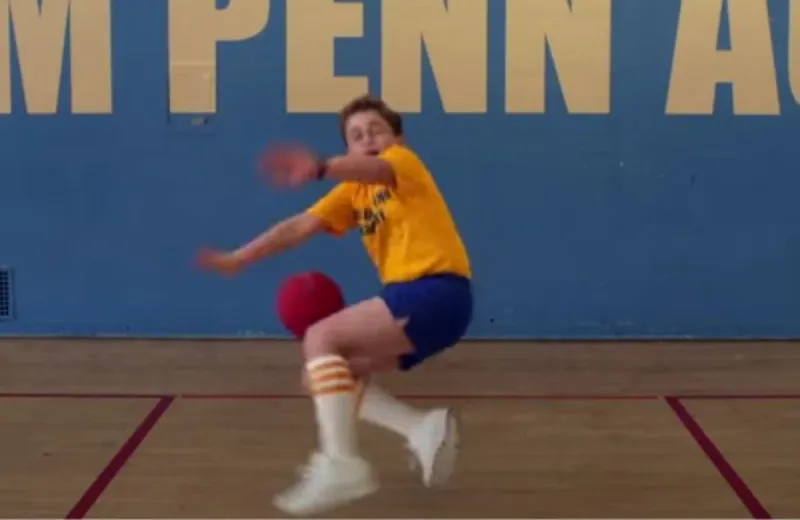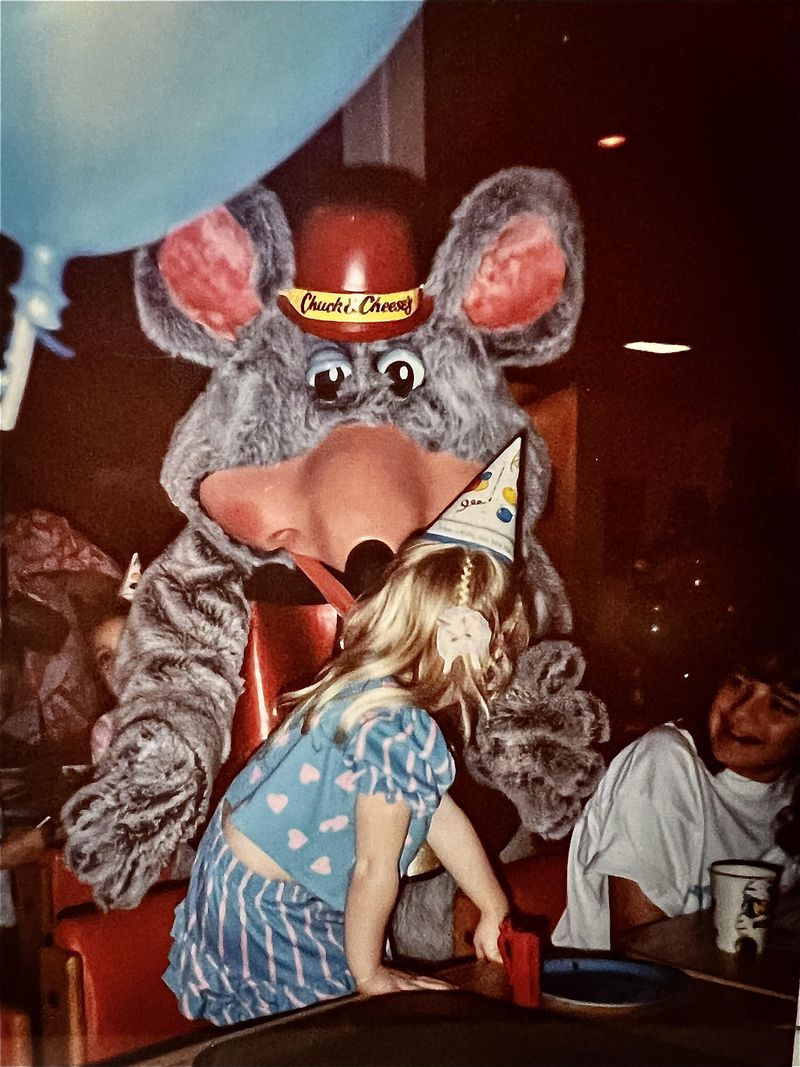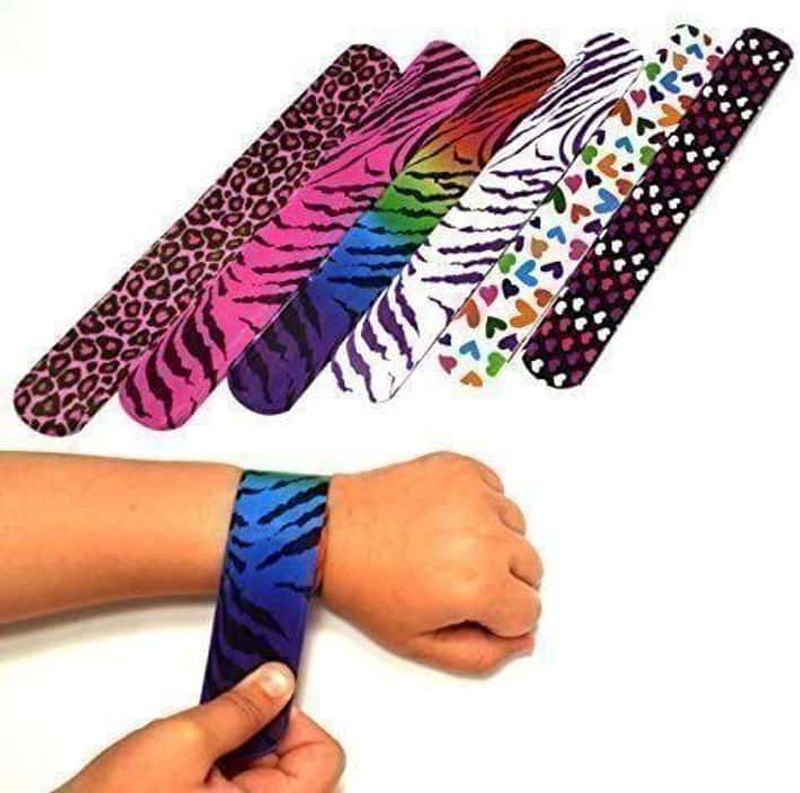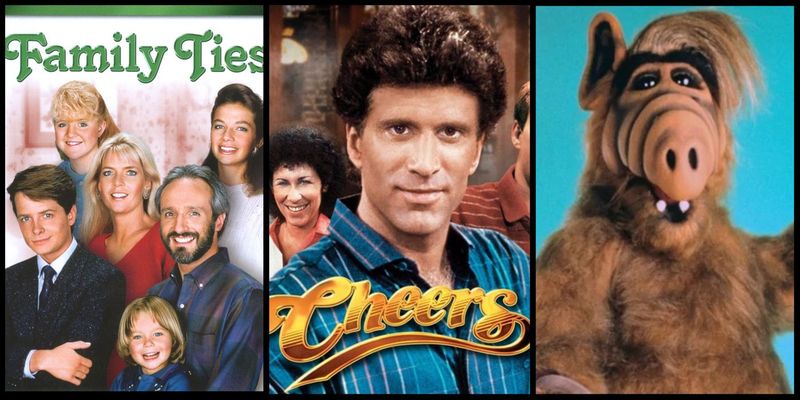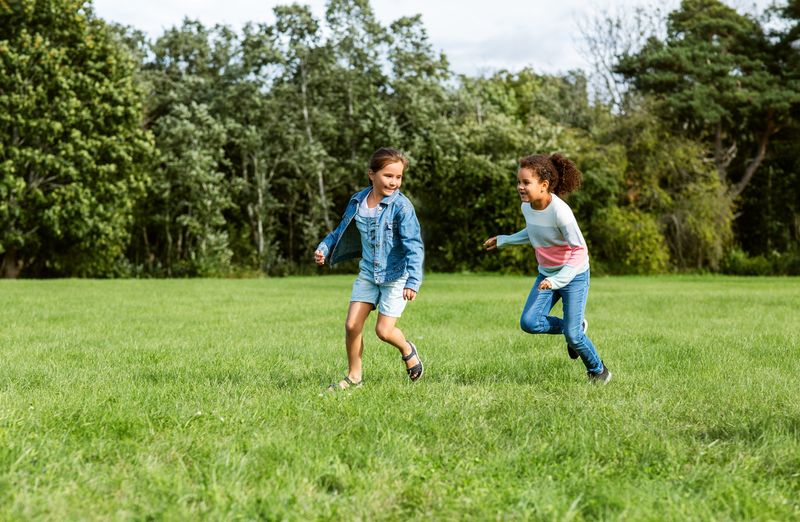Growing up in the 1980s offered a magical childhood experience unlike any other decade. We enjoyed freedom, creativity, and fun without the constant digital distractions of today’s world. From cartoons to outdoor adventures, the ’80s provided unforgettable moments that shaped an entire generation of kids who experienced the perfect blend of innovation and simplicity.
1. Saturday Morning Cartoons Were an Event
Nothing beat the thrill of waking up at dawn, grabbing a bowl of sugary cereal, and claiming your spot in front of the TV. The anticipation was electric as you waited for your favorites—He-Man, Transformers, Thundercats, and G.I. Joe.
These weren’t just shows; they were weekly rituals that defined our childhood weekends. Parents got to sleep in while kids enjoyed uninterrupted hours of animated adventures.
The commercials were almost as good as the shows themselves, showcasing toys we’d beg for until Christmas. When noon hit and the cartoons ended, you knew it was time to finally head outside.
2. Arcades Were Our Social Media
Before Instagram likes, we chased high scores. Arcades hummed with the symphony of electronic beeps, joystick clicks, and the sweet sound of quarters sliding into slots. Pac-Man, Donkey Kong, and Street Fighter weren’t just games—they were social currency.
Getting your initials on a high-score board meant instant neighborhood fame. Crowds would gather around skilled players, watching in awe as they mastered difficult levels.
The sticky floors, dim lighting, and neon glow created a magical atmosphere that no smartphone game can replicate. Arcades weren’t just places to play—they were where friendships formed and rivalries blossomed.
3. Mixtapes Were Handcrafted Treasures
Long before Spotify playlists, we created musical masterpieces with cassette tapes and patience. Fingers hovered over the record button, waiting for the perfect moment when the DJ finally stopped talking so we could capture that special song from the radio.
Making a mixtape for a crush was the ultimate romantic gesture. Hours were spent carefully selecting songs like “Every Breath You Take” or “Total Eclipse of the Heart” to subtly communicate feelings we were too shy to express directly.
The physical nature of mixtapes made them precious. Each one represented hours of work, creativity, and emotion—complete with handwritten labels and personalized case covers decorated with colorful markers.
4. No Internet Meant Real Adventures
Questions weren’t answered by Google but through expeditions to the library or consultations with the all-knowing neighborhood dad. Research projects involved dusty encyclopedias and card catalogs instead of quick online searches.
This information scarcity bred creativity and problem-solving skills. When bored, we couldn’t scroll through social media—we had to invent games or explore the outdoors.
Choose Your Own Adventure books delivered interactive thrills before video games dominated entertainment. Every decision felt consequential as you flipped to different pages based on your choices. The mystery of not knowing everything instantly made discoveries more meaningful and adventures more authentic.
5. Riding Bikes Until the Streetlights Came On
Freedom had a distinct sound in the ’80s—the whirr of bike wheels on pavement. Kids ruled the neighborhood on Huffy bikes with banana seats, BMX models with pegs, or the legendary Big Wheel for the younger crowd.
No parents tracked your location through smartphone apps. Your only responsibility was returning home when streetlights flickered on, signaling the universal curfew understood by children everywhere.
We jumped makeshift ramps, raced down dangerous hills, and explored every corner of our neighborhoods. Skinned knees weren’t reasons for lawsuits—they were badges of honor from another day of adventure.
6. Toy Commercials That Fueled Our Imaginations
Saturday mornings weren’t just for cartoons—they delivered the most hypnotic toy commercials ever created. These mini-masterpieces of marketing convinced us that Cabbage Patch Kids were worth fighting over and that owning a Transformer would make us the coolest kid on the block.
The jingles were infectious earworms that we’d sing for days. “My Buddy” dolls seemed friendly until Child’s Play turned them terrifying, while the enthusiasm for Skip-It made swinging a plastic ball around your ankle seem like the pinnacle of playground status.
These commercials didn’t just sell toys—they sold childhood dreams and playground social currency that determined your standing in the complex hierarchy of kid culture.
7. School Lunches Were Deliciously Unhealthy
Cafeteria trays carried nutritional nightmares that today’s parents would protest—rectangular pizza with rubbery cheese, mysterious meat substances, and chocolate milk in those impossible-to-open paper bags. Food fights weren’t just movie scenes; they were potential lunchroom realities.
Trading items was a sophisticated economic system with strict unwritten rules. A Hostess cupcake could fetch two fruit roll-ups, while homemade cookies varied in value based on quality and quantity of chocolate chips.
The pinnacle lunch status came from having Lunchables or bringing the coveted Capri Sun with its stubborn straw. Those metal lunch boxes featuring your favorite cartoon characters weren’t just food containers—they were fashion statements.
8. Sleepovers Were Epic Adventures
Friday night sleepovers were legendary expeditions into late-night territory. Parents retreated to bedrooms while kids claimed the living room with sleeping bags, pillows, and enough sugar to fuel an army.
Activities ranged from innocent Light Bright creations to terrifying Ouija board sessions that convinced us we’d contacted spirits. Truth or Dare pushed social boundaries while scary movies tested our courage (and often resulted in someone calling home at 2 AM).
The snack spread featured Pop-Tarts, Jolt Cola, and Pop Rocks—consumed together despite urban legends about exploding stomachs. These nights cemented friendships through shared secrets and synchronized sugar crashes that left everyone asleep amid a battlefield of candy wrappers.
9. MTV Actually Played Music Videos
The revolutionary concept seems quaint now—a television channel dedicated entirely to music videos! MTV launched with “Video Killed the Radio Star,” an ironically prophetic anthem for a generation about to be visually transformed.
Michael Jackson’s “Thriller” wasn’t just a music video; it was a cultural event that families gathered to watch. A-ha’s “Take On Me” blended animation with reality before computers made such effects commonplace.
VCRs stood ready to record favorite videos for repeated viewing, creating personal libraries of musical moments. MTV VJs became household names and trusted music guides, introducing us to new artists and sounds that shaped our developing tastes and identities.
10. Blockbuster Nights Were Weekly Traditions
The blue and yellow glow of Blockbuster signage beckoned families every Friday night. Walking those aisles was a tactile experience—picking up VHS cases, reading back covers, and making selections based solely on box art that often promised more than the movie delivered.
The pressure to choose wisely was immense. Select poorly, and your entire weekend entertainment was compromised. The family negotiation process often resulted in one movie for the parents and one cartoon for the kids.
Those dreaded “Be Kind, Rewind” stickers created anxiety on return day. Finding a non-rewound tape at home meant frantically rewinding before drop-off or facing the shameful late fees that eventually added up to more than the cost of the movie itself.
11. Cassette Tapes and the Pencil Trick
The relationship between cassette tapes and their owners was complicated. We loved our portable music but battled constant technical difficulties. Walkmans represented freedom—personal soundtracks that accompanied bike rides and bus trips.
The horror of a tape being “eaten” by a player was universal. That sickening sound of mangled tape signaled an emergency requiring immediate surgery with a pencil carefully inserted into the reel to manually rewind the precious audio.
Fast-forward and rewind buttons got daily workouts as we navigated to favorite songs. The satisfying click of hitting play after finding the perfect spot between songs was a small victory in analog living that digital kids will never experience.
12. Halloween Candy Was Dangerously Delicious
Halloween in the ’80s was the Wild West of candy acquisition. We roamed neighborhoods until midnight with pillowcases, not tiny buckets, collecting unimaginable sugar hoards without helicopter parents hovering nearby.
The bounty included treats that would horrify today’s health-conscious parents: wax bottles filled with colored sugar water, candy cigarettes that let kids “smoke” like adults, and full-size candy bars that elevated certain houses to legendary status in neighborhood lore.
Post-trick-or-treating candy sorting was serious business. Trading systems emerged instantly—chocolate ranked highest in value while pennies and raisins from well-meaning but misguided adults were considered trick-or-treating failures worthy of neighborhood gossip.
13. No Participation Trophies Needed
Victory in the ’80s was earned, not guaranteed. Dodgeball meant facing the possibility of public elimination and the sting of a rubber ball to the face. Field day ribbons went to actual winners, not everyone who showed up.
This wasn’t cruelty—it was preparation for real life. Losing at kickball taught resilience while playground hierarchy established social navigation skills that proved valuable later.
Even board games ended in tears sometimes. Monopoly bankruptcies weren’t softened with consolation prizes, and Hungry Hungry Hippos victories were celebrated with genuine champion status. These small disappointments built character long before parents decided children needed protection from the concept of not always winning.
14. Birthday Parties Had Simple Magic
Birthday celebrations weren’t Pinterest-perfect productions but genuine fun with minimal planning. Locations like roller rinks with their disco balls and carpeted walls or Chuck E. Cheese with its slightly terrifying animatronic band created instant party atmospheres.
Homemade cakes sometimes leaned or featured lopsided frosting, but nobody posted photos for criticism. Party games included pin-the-tail-on-the-donkey, musical chairs, and the dreaded “who can unwrap this Saran-wrapped prize wearing oven mitts.”
Entertainment might be a rented VHS of The Goonies or a local magician pulling quarters from ears. The birthday child wore a special paper crown all day, and presents were opened immediately—the tearing of wrapping paper providing as much joy as the gifts themselves.
15. Playground Trends Spread Without Social Media
Fads traveled through schools via actual human interaction, not viral videos. One day, everyone suddenly had slap bracelets—those fabric-covered metal strips that curled around your wrist with a satisfying smack. The next week, jelly shoes squeaked down hallways despite their blister-inducing reputation.
Some playground trends bordered on dangerous. Lawn darts—essentially weighted spears tossed toward rings—were actual toys sold to children before being banned. Clackers—two acrylic balls on strings that smacked together with bone-breaking potential—were playground status symbols.
Pogs, collected and wagered in intense recess competitions, created miniature gambling rings in elementary schools. These trends united us through shared experiences and physical objects rather than fleeting digital content.
16. Family Sitcoms Brought Everyone Together
Thursday nights meant one thing—the whole family gathered around a single television for must-see TV. Shows like Family Ties, The Cosby Show, and ALF provided shared cultural touchpoints that everyone discussed the next day.
These sitcoms tackled real issues amid the laugh tracks. Family Ties explored political differences between generations, while Different Strokes addressed racism through humor and heart. Even the alien puppet ALF delivered life lessons between cat-eating jokes.
With no streaming or recording options (unless you programmed the VCR correctly—a rare achievement), missing an episode meant relying on playground recaps. This appointment viewing created anticipation that binge-watching can never replicate—waiting a whole week to discover how cliffhangers resolved built patience and appreciation.
17. Outdoor Games Required No Charging
As the last generation before digital entertainment dominated childhood, we mastered the art of making fun from nothing. Games like Ghost in the Graveyard sent kids hiding throughout neighborhoods at dusk, while Kick the Can transformed an empty paint container into hours of entertainment.
Red Rover tested both physical strength and friendship bonds as kids attempted to break through human chains. Capture the Flag converted entire neighborhoods into strategic battlefields with complex rules and territorial disputes.
These games required no equipment, batteries, or screens—just imagination and energy. They taught negotiation skills through rule-making, conflict resolution when disagreements arose, and team-building as alliances formed. The physical exhaustion guaranteed deep sleep without the blue light of screens disrupting natural rhythms.
